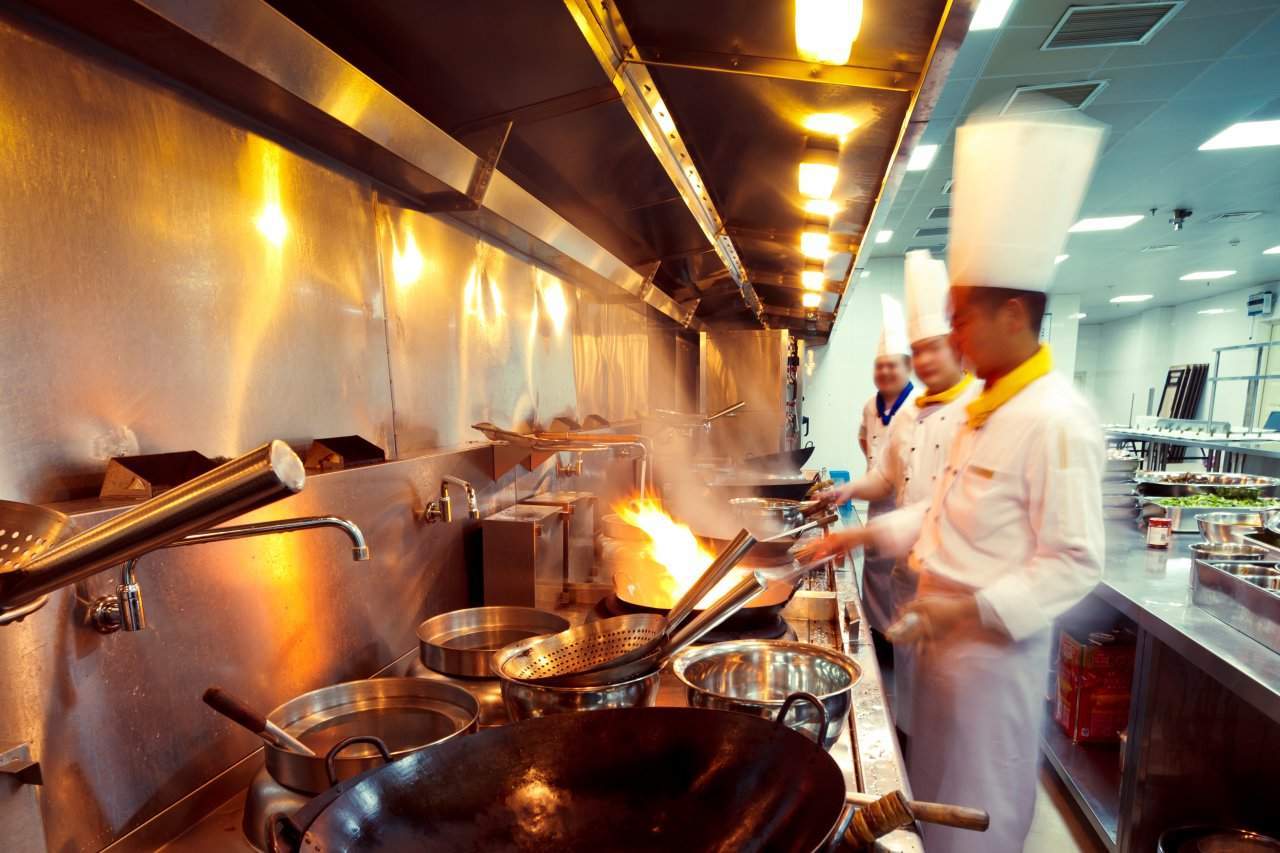The tech sector is increasingly driving people to restaurants and fast food outlets in China.
While traditional credit cards, cash, and loyalty cards are more common in most countries, in China tech firms are transforming the sector.
Smartphone apps and data are being used to an extent which many in Europe and the US need to learn from, and which will make technology as important as the menu, the location and where the ingredients are from.
Tech dinner dates
Baidu‘s partnership with KFC, announced in December, is the latest instance of this.
Understanding technological trends in payment, ordering systems and marketing will be crucial to success in the Chinese restaurants, while translating successful tech applications from China to western markets will become common.
Baidu and KFC China have brought in augmented reality games in tables at around 300 outlets.
How well do you really know your competitors?
Access the most comprehensive Company Profiles on the market, powered by GlobalData. Save hours of research. Gain competitive edge.

Thank you!
Your download email will arrive shortly
Not ready to buy yet? Download a free sample
We are confident about the unique quality of our Company Profiles. However, we want you to make the most beneficial decision for your business, so we offer a free sample that you can download by submitting the below form
By GlobalDataMeanwhile, in a pilot location in Beijing the two companies have launched a smart restaurant.
Facial recognition technology tries to predict what a customer will order based on a number of factors, including age and gender.
The system also has built in recognition for repeat customers, recommending frequently purchased items.
It will be rolled out across KFCs in China’s largest cities in 2017.
Businesses have been gathering data on consumer’s preferences and ordering habit for years and facial recognition allows them to use demographic predictions to market directly to consumers.
Apps for everything
China is also the world’s largest market for smartphone proximity payments; with many using the popular messaging app WeChat to pay.
WeChat can be used for every stage of a purchase, from promotion, to getting there, paying, discounts, and gifting from one WeChat user to another.
Food delivery is also a part of the WeChat Wallet.
Businesses that don’t accept mobile payments are increasingly marginalised.
Many businesses are using WeChat in other ways. Hai-Di-lao, which runs hotpot restaurants, uses WeChat to cut down on consumer waiting times for tables.
The increasing importance of eating out to the public has also seen China make steps towards taking the technological lead.
A step too far?
At restaurants like Paul Peret’s ‘Ultraviolet’ in Shanghai, so-called multi-sensory technology is used to create an immersive dining experience.
Walls entirely covered in video screens, surround sound speakers, and scent emitters are technologies all combining to contribute to a full engagement of the five senses in the restaurant.
At $1,000 per head, though, it remains to be seen whether this experiential use of technology will catch on beyond the super high-end.








Related Company Profiles
Baidu Inc